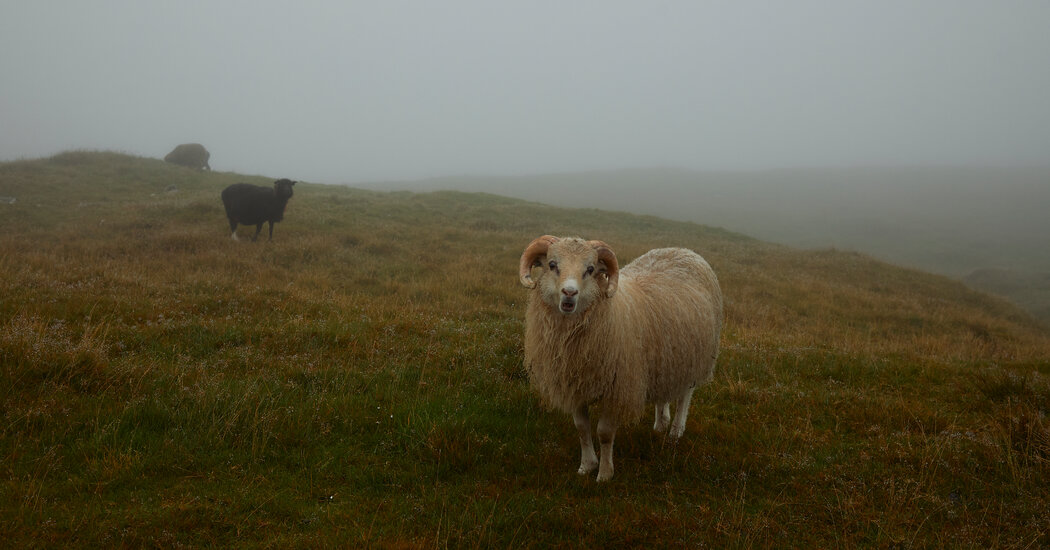Huddled in the North Atlantic between Iceland, Scotland and Norway, the Faroes — an 18-island archipelago and self-governing nation within the Kingdom of Denmark — captivates visitors the instant they land at the airport on the island of Vágar. Silence saturates the emerald green slopes and basalt cliffs. Sheep roam the grassy expanses that are sliced vertically by dark rocky threads caused by the erosion of streams. It’s hard to keep your eyes focused on the road as you behold a gauzy mist swirling around the mountains, veiling deep gorges, wide fjords, occasional turf-roofed dwellings and waterfalls.
In this isolated land with its sparse population of some 54,400 people, the environment’s magic is pervasive — one reason, perhaps, why the Faroes also bubble with human innovation that takes its cue from nature. And getting there is easier than ever — Atlantic Airways just started its first nonstop flights from the United States (from New York’s Stewart International Airport, about 60 miles from Manhattan).
Consider the islands’ 14 miles of subsea tunnels that are currently open. The newest, at about seven miles, takes drivers from Tórshavn, the cosmopolitan capital of the Faroes, on the island of Streymoy (the largest island), to Eysturoy (the second largest island). Said to be the world’s first subsea tunnel with a roundabout, its unusual design features a multicolored illuminated pillar encircled by a steel installation of people holding hands, by the Faroese artist Tróndur Patursson. To augment the experience of driving through the tunnel, tune in to 97.0 FM to listen to the spellbinding soundscape created by the musician Jens L. Thomsen, who said he “wanted to find the voice of the tunnel.” Another art-infused subsea tunnel is scheduled to open by Christmas, making for faster travel between Tórshavn and Sandoy, one of the southern isles.
Coastal Tórshavn — one of the world’s smallest capitals — is itself a nexus of creativity, embracing the contemporary without losing its connection to the past. The old quarter, populated by centuries-old turf-roofed houses, covers a peninsula that juts into the busy harbor. Walk the city’s winding lanes, steep alleyways and wide boulevards, and you’ll find buzzy coffee shops, wine bars and fashion emporia. Rather than just using Tórshavn as a base for island hopping, stay awhile and explore the city’s food, fashion and art.
For food lovers
A sense of whimsy pervades ROKS (meaning…
Click Here to Read the Full Original Article at NYT > Travel…
